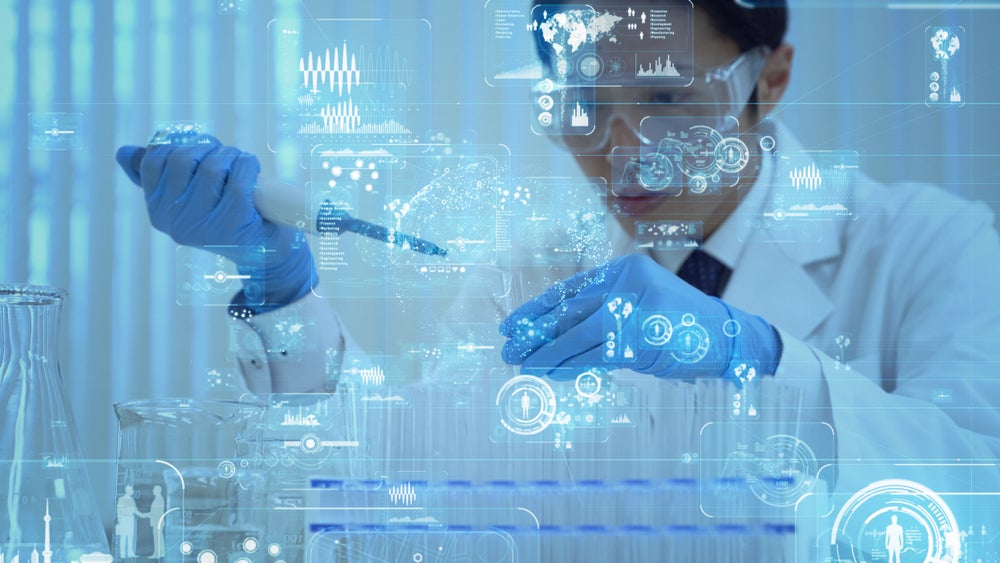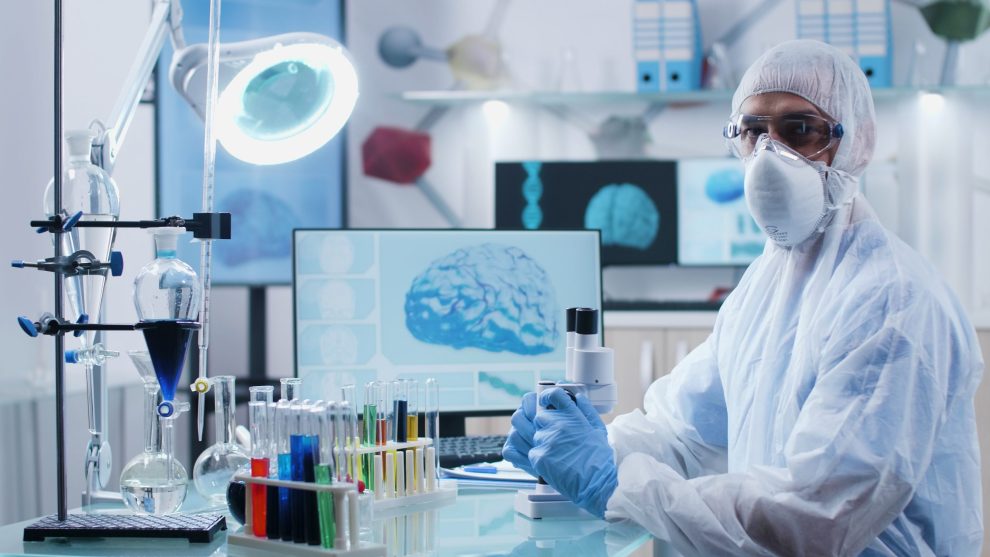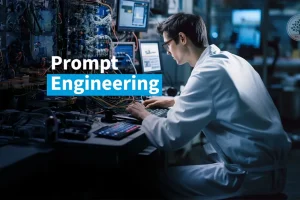For centuries, scientific discovery has been driven by human ingenuity, curiosity, and grit. But in recent years, a new partner has emerged that is radically transforming the pace and scope of research: artificial intelligence (AI).
No longer confined to the realm of science fiction, AI algorithms and systems are now deeply embedded in the scientific process. From informing hypothesis generation to optimizing complex experiments, this technology is proving itself as an invaluable asset across nearly every scientific discipline.
Sifting Through Data, Identifying Connections
One key strength of AI systems is their ability to analyze absolutely massive datasets across domains, uncovering hidden patterns and correlations at lightning speed. This data mining capacity far surpasses human cognition, allowing scientists to generate fresh, unexpected hypotheses to investigate.
For example, an AI could surface a potential link between a newly discovered gene variant and the onset of a rare autoimmune condition. Such a finding would prompt researchers to explore an entirely new disease mechanism that may have otherwise gone unnoticed. The analysis of these vast datasets enables AI to illuminate new frontiers and high-value research directions.
Prioritizing the Most Promising Leads
In addition to ideating new hypotheses, AI tools can also predict which research avenues show the greatest promise. Machine learning algorithms assess factors like feasibility, resource requirements, and potential impact when evaluating possible projects.
This application allows scientists to focus their precious time and funding on hypotheses judged to be both practical and likely to yield meaningful outcomes, if proven true. Almost like a crystal ball, AI guides researchers towards fruitful paths and away from dead-ends.
Simulating Complex Systems
Once intriguing hypotheses have been identified, the next challenge is rigorously testing these theories through experimentation. Designing robust experiments can be incredibly complex, time-intensive, and resource-heavy.
To address this pain point, AI simulation tools allow researchers to construct highly detailed virtual environments that mimic exceedingly complex real-world systems. These could include representations of intricate molecular dynamics, convincingly life-like cellular processes, or even plausibly realistic geospatial phenomena.
Within these simulated domains, scientists can safely and efficiently manipulate variables, make observations, refine experimental parameters, and accumulate supporting or contradicting evidence for their hypothesis. Such simulation capacities save massive amounts of money, while accelerating the validation process.
Optimizing the Nitty Gritty Details
Beyond assisting with experimental conceptualization and design, AI also lends a hand with the finer-grained aspects of experiment optimization. This could involve anything from identifying ideal drug dosage levels to determining the most statistically powerful sample size for a study.
By crunching the numbers on thousands of past experiments and research, AI can provide precise recommendations to improve an experiment’s rigour and efficiency. Scientists leveraging this technology can make faster progress with fewer resources wasted and more publishable output generated.
Enhancing Human Creativity, Not Replacing It
While the benefits compellingly stack up for AI in science, it’s important to remember this technology’s role as an assistive aide rather than an autonomous replacement for human researchers. AI cannot formulate an internally motivated scientific curiosity or follow an innate drive for knowledge.

Instead, AI amplifies and elevates human imagination and ingenuity. Its offerings should be viewed as creative sparks for scholars to incorporate into their own mental models and lines of questioning. The technology also enables testing the feasibility of ideas on a scale not otherwise possible.
So while flashy, sci-fi visions of self-directed AI discovery should certainly stimulation the imagination, human leadership and interpretation is still essential to the process. The most effective approach sees man and machine working in harmony towards the shared goal of advancing science and the collective understanding of our world.
Pushing the Boundaries of What’s Possible
Looking ahead, one can only speculate (or simulate!?) where this massively productive human-AI collaboration will take research and discovery. AI systems capable of autonomously designing and executing experiments in remote or dangerous environments could vastly expand scientific capabilities.
And who knows what revolutionary new theories or previously unfathomable breakthroughs these computational creativity amplifiers may reveal through eternally churning dataset analysis and simulation generation?
One thing does feel certain though – with AI as science’s new sidekick, the secrets of the universe will unveil themselves to the human intellect far faster than previously thought possible. It’s an exciting time to be in the discovery game!













Add Comment